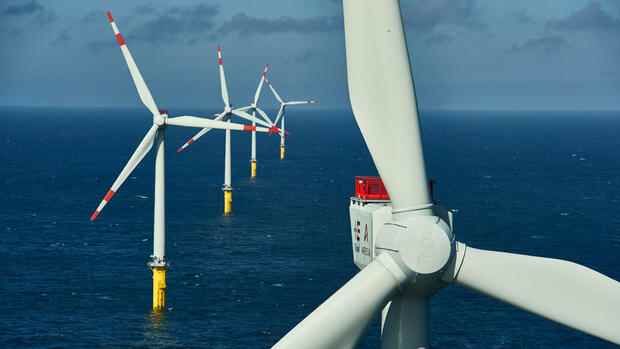There are a number of hurdles to overcome when expanding the energy systems.
(Photo: obs)
Berlin Offshore wind power should make a significant contribution to the success of the energy transition: The traffic light coalition wants to achieve that by 2030 offshore wind turbines in the North Sea and Baltic Sea will be operating with an installed capacity of 30 gigawatts (GW). By 2045 it should already be 70 GW. According to the Federal Association of Wind Farm Operators Offshore (BWO), wind turbines with a capacity of 7.8 GW are currently rotating in the German part of the North Sea and Baltic Sea.
Can the targeted growth rates for offshore wind power be achieved? The expansion is not a sure-fire success, because the space potential is limited.
The goals of the energy transition are in competition with the interests of shipping, fisheries, marine protection and the navy, which has reserved large areas in the North and Baltic Seas for training purposes and uses them together with NATO partners. In addition, the demands on logistics are immense during the construction phase.
Read on now
Get access to this and every other article in the
Web and in our app free of charge for 4 weeks.
Continue
Read on now
Get access to this and every other article in the
Web and in our app free of charge for 4 weeks.
Continue
